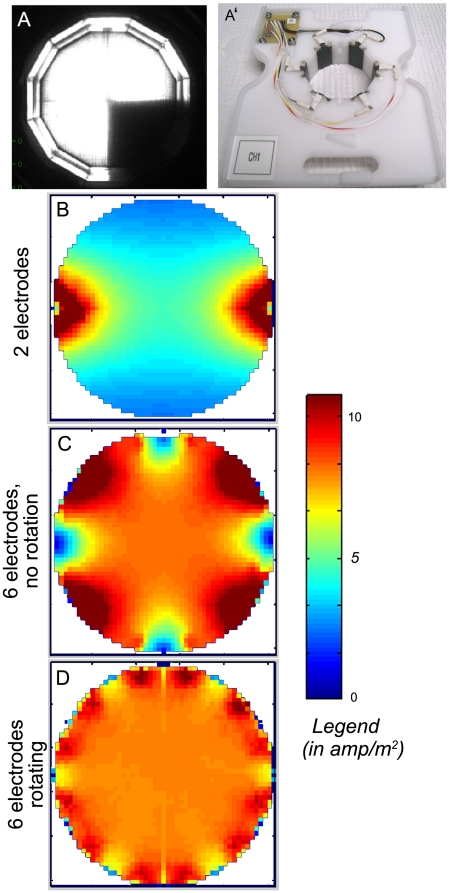Figure 3. Application of light and electric shock to a Petri dish with aqueous medium.
(A) A divider extends vertically from the LED assembly (without touching the water in the dish) and provides for excellent separation between light and dark quadrants (minimal light leakage). (A') The electrode assembly is composed of a round insert composed of white delrin, 6 iridium oxide-coated titanium electrodes, and control electronics. The width and height of the insert were designed for a snug fit with the walls and base of the petri-dishes used in experiments, to ensure planarians could not exit the testing environment from below. When shocks are issued to a given dish holder, two adjacent posts send and receive shock from the two opposite posts at an AC frequency specified by the user. Every 8 ms the source and sink electrodes rotate to the right, with a complete rotation occurring in 48 ms (the shortest shock that can be delivered). To ensure that animals received a nearly identical shock regardless of their position or orientation, finite element analysis was used to model the J field. While there are six physical electrodes, only 4 poles are shown in the model analyses (panels B–D) because only four are active during any given shock pulse. (B) A conventional 2-electrode design has a highly anisotropic field density, with hot spots near the electrodes and a defined polarity that will affect animals differently depending on their orientation with respect to the positive and negative poles, and the line connecting them. (C) A six-electrode design does better, but exhibits some dead spots as well as hot spots around the edge. (D) Much better homogeneity is obtained by using a 6-electrode design in which the electrodes take turns being the positive and negative pole. In this scheme, 82% of the dish area has a current density within 30% of the mean.

